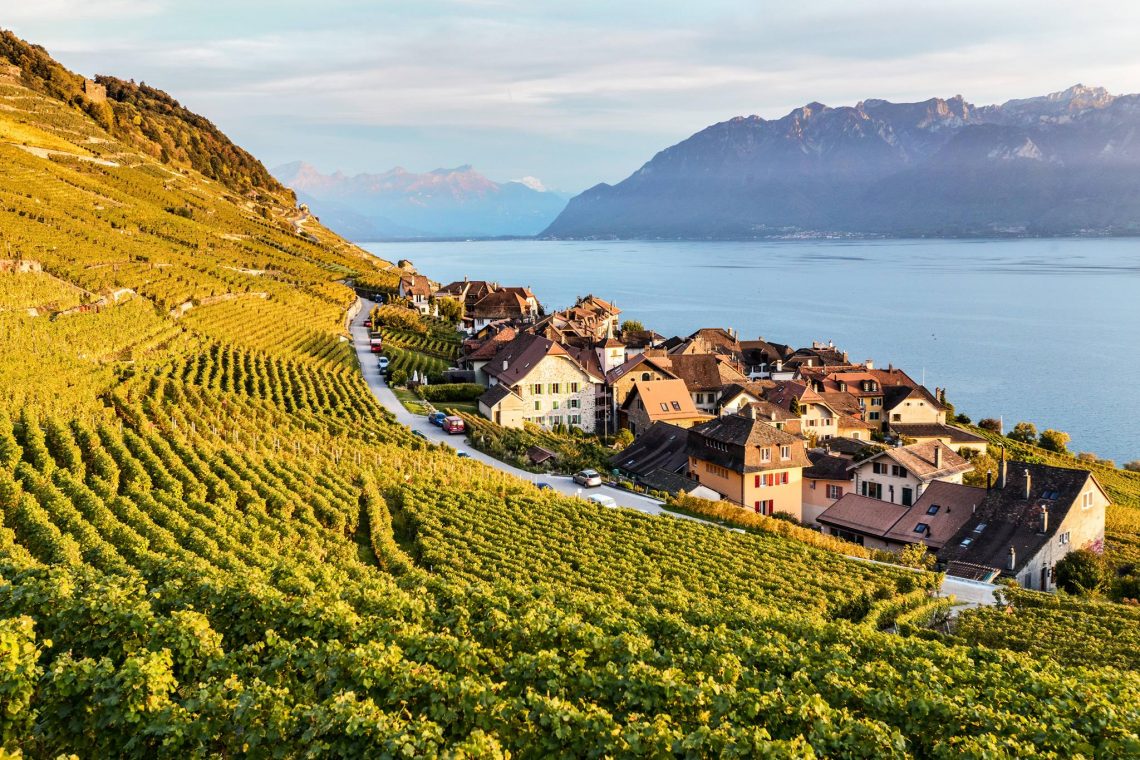The Wolf Post, supported by a Cultural Association, offers a professional service with free access, without subscription.
For this reason, a donation would also be a sign of appreciation for our work.
Registered in 2007 by UNESCO on the World Heritage List, the terraced vineyards of Lavaux are a Swiss excellence.
About 180 families of winemakers still cultivate the indigenous grape, Chasselas, maintaining 450 kilometers of heritage walls and over 10,000 terraces.
The Lavaux World Heritage association with its certified guides offer personalized tours all year round and public tours from May to October.
Let’s find out more about this reality from the words of Vicent Bailly, Director of LAVAUX
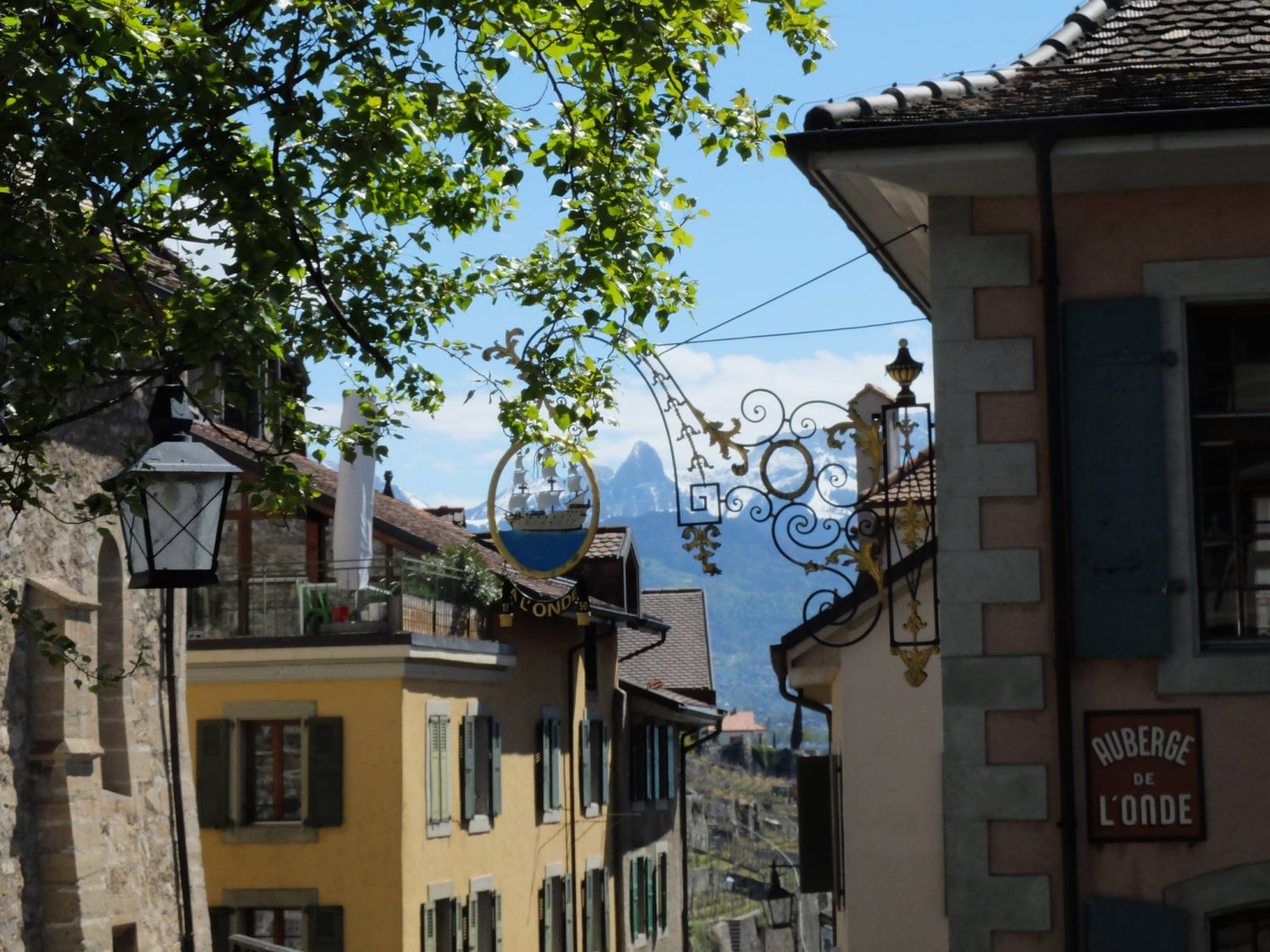
©LAVAUX terraced Vineyard
What are the objectives of your Association?
The mission of our Association is to preserve and enhance the Outstanding Universal Value of the site “Lavaux, terraced vineyards”.
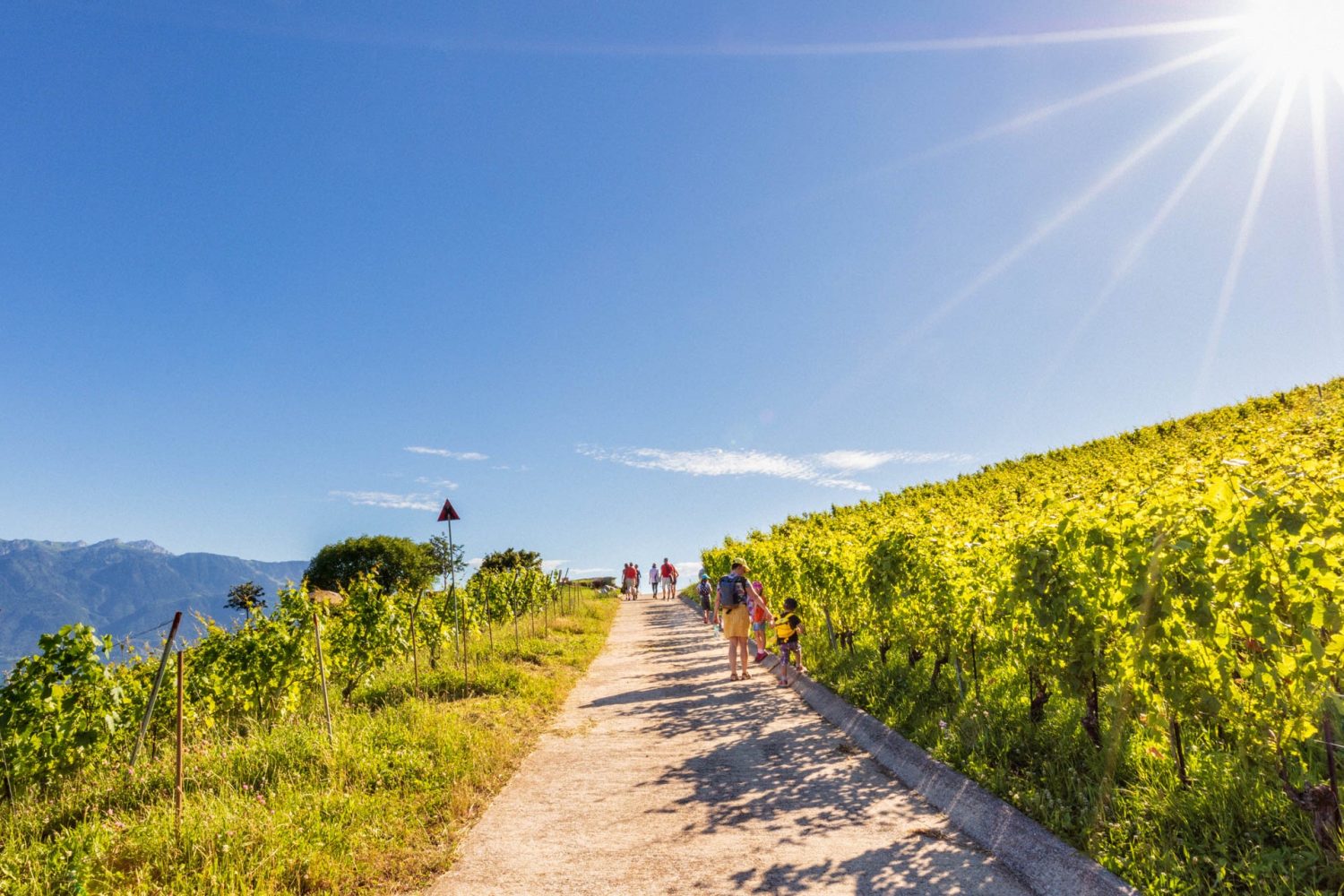
©LAVAUX terraced Vineyard
In which part of Switzerland is Lavaux located and what are the climatic characteristics that affect the vineyards and, therefore, the wines?
Lavaux is located on the shores of Lake Léman, between Vevey and Lausanne, in the French-speaking part of Switzerland.
The vineyard benefits from the humid climate of the area, thanks to the lake. Thanks to the sloping topography, it also benefits from the three suns of Lavaux: the sun of the sky, the sun that reverberates in the lake and the heat stored in the vineyard walls. With climate change, the main problems are the risks of drought (as was the case this summer) or the risks of very heavy weather (torrential rains). Drought: The Lavaux vineyard does not have a watering system, and it would be complicated to install one with the very strict land-use regulations. Heavy rain: Rain makes the soil heavy and causes erosion. Retaining walls have a hard time withstanding it!
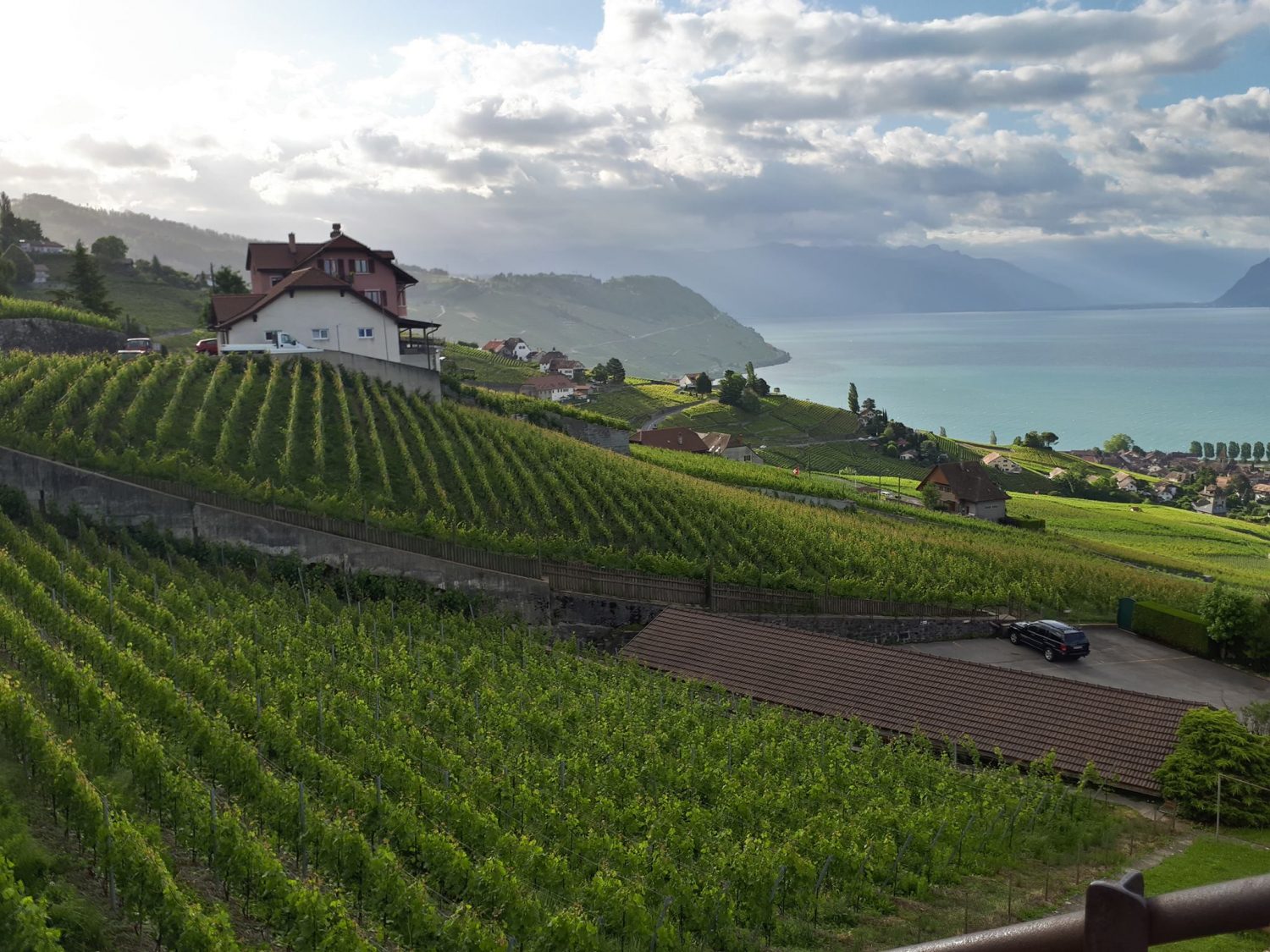
©LAVAUX terraced Vineyard
Through what activities do you promote the region, UNESCO World Heritage?
We do not promote the region, as this is the role of the tourist offices. However, we do promote the Outstanding Universal Value and ensure that visitors who are in the area have access to quality information about “Lavaux, terraced vineyards”. To do this:
- We have opened in 2021 an interpretation centre called La Maison Lavaux which presents the heritage characteristics of the region
- We have trained more than 40 Lavaux Heritage Guides, who accompany visitors on foot through the vineyards. We are working with the winemakers to offer wine tastings.
- We develop educational activities for young people and classes (educational plot of vineyards, photographic excursions…)
- We organise conferences, symposiums and participate in various local and regional events.
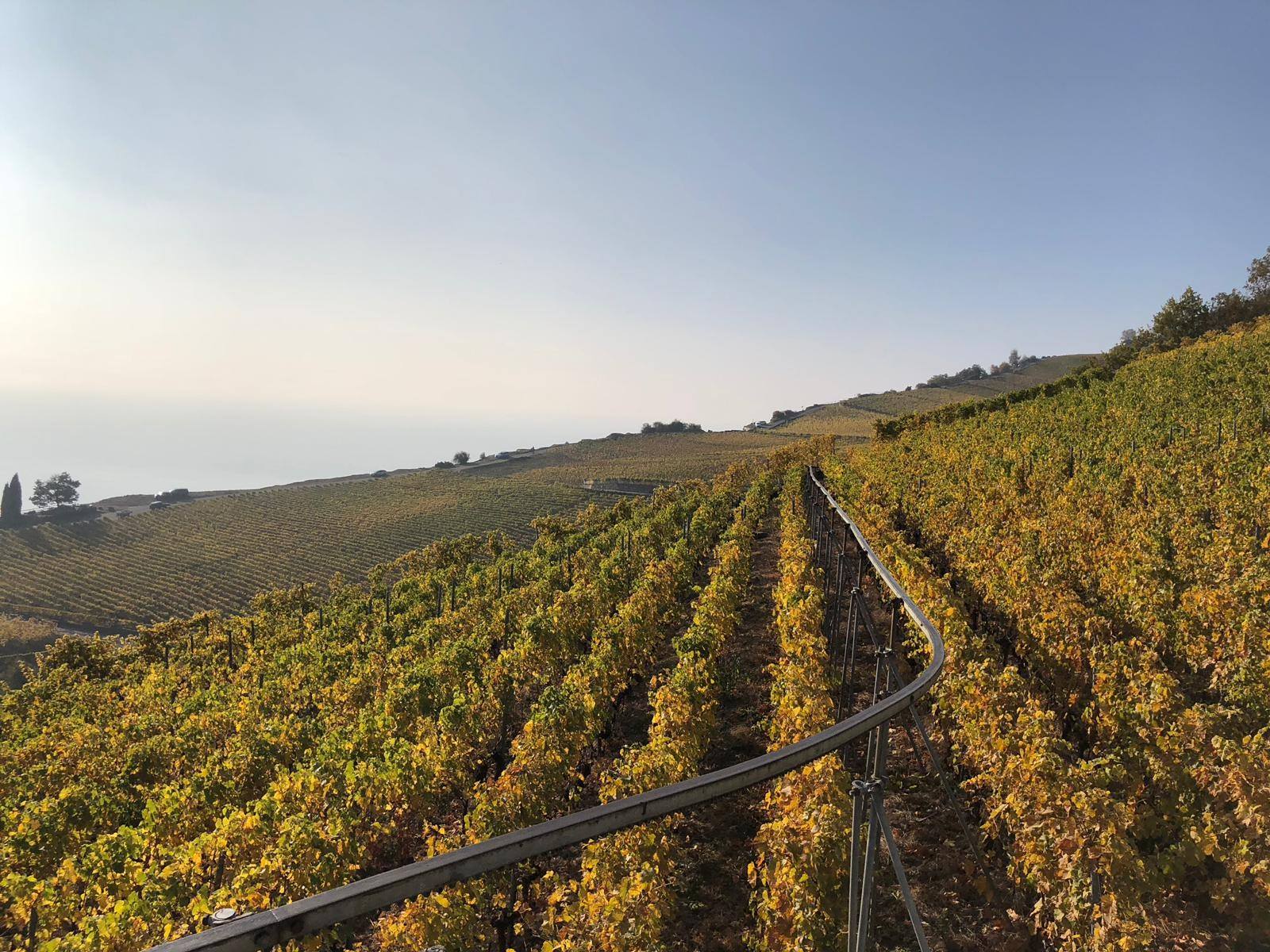
©LAVAUX terraced Vineyard
Can you describe the characteristics of the terraced Vineyard?
- 400 km of vineyard walls;
- 10’000 terraces;
- lime-pointed walls, built with local stone;
- 180 winegrowers (most of whom manage the work in the vineyard and the cellar, winegrowing families, some of whom have been around since the 14th century);
- Chasselas is the most common grape variety;
- The steepest part of the vineyard is the most noble: Le Dézaley;
Lavaux is a place that has resisted the urban pressure around it thanks to the involvement of the population and the legal system in force. It is a fragile vineyard, which has to be constantly reshaped by the winegrowers because of the problems of erosion and walls. It has to be worked by hand.
Lavaux is a monoculture site that has always allowed many winegrowers to make a living from their activity since the Middle Ages. Now, this profitability is in jeopardy because of the fierce competition, the decrease in consumption and the high production costs.
Extremely well preserved villages dating from the Middle Ages. The villages are compact to make room for the vineyards.
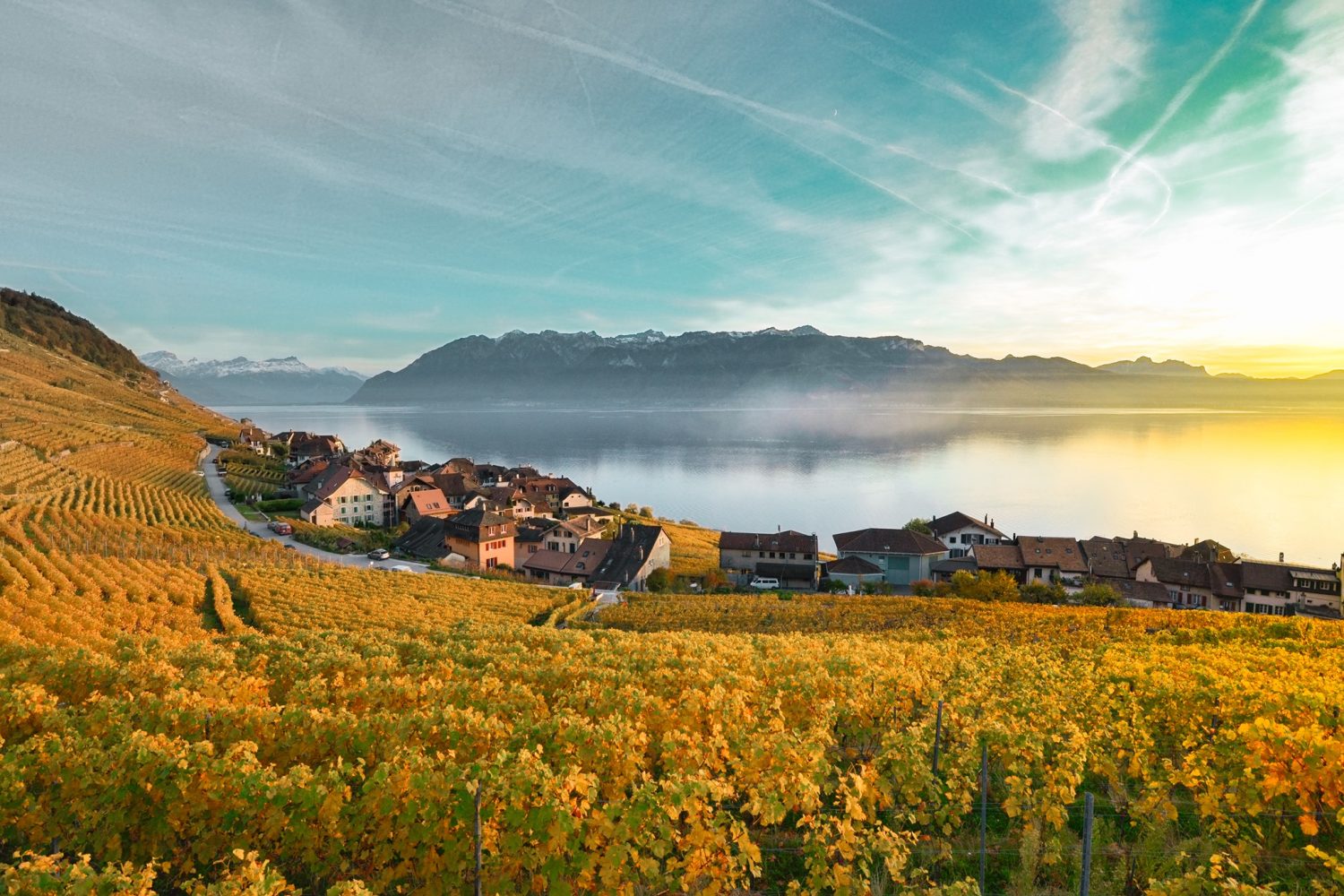
©LAVAUX terraced Vineyard
What is the goal set for the near future to spread your excellence more and more internationally?
The international reputation of Lavaux is assured by the tourist industry and federal institutions. Within the framework of our association, our ambition is to be an example of management for living cultural landscapes. For example, through projects such as:
- We have been collaborating with the University of Lausanne for several years. This autumn (2022), we are organising a symposium on living cultural landscapes, with speakers from Switzerland and also from Europe
- The “Lavaux Angels”, volunteers who will inform walkers on how to behave in the vineyard. Many other listed sites have the same problem of cohesion between inhabitants and visitors. We have already had exchanges with other regions on these issues.
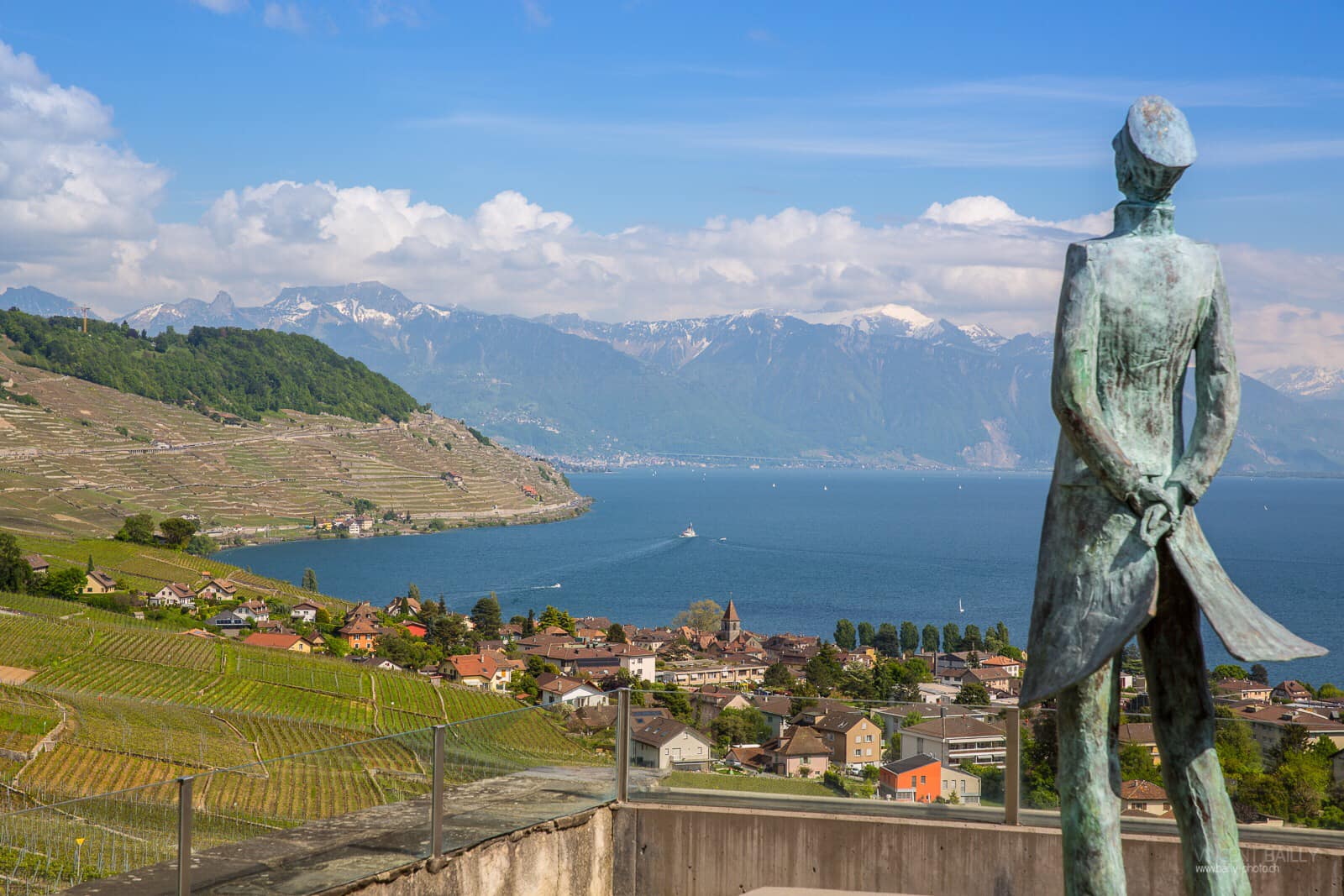
©LAVAUX terraced Vineyard
Why are the wines of the region so special?
- The know-how passed down from generation to generation for several centuries within the winegrowing families
- The three suns of Lavaux and the topography of the vineyard, which is conducive to vine growing
- Chasselas brings forth subtle and mineral white wines, with great ageing potential.
- Chasselas, in particular, is a grape variety that illustrates how these terroirs can vary. It won’t have the same taste in east Lavaux as in Dézaley, its central section, or to the west.
- The great diversity of the rocks in the alpine chain make for soils rich in minerals, very often clay-limestone and favourable for winegrowing.
- The majority of the vineyard work is done by hand because of the steep terrain which prevents the use of machinery. Particular care is given to this crop.


